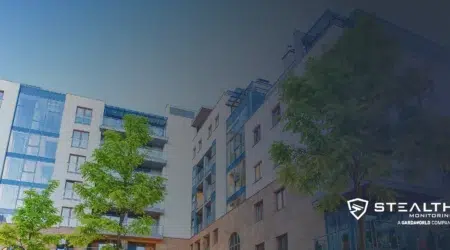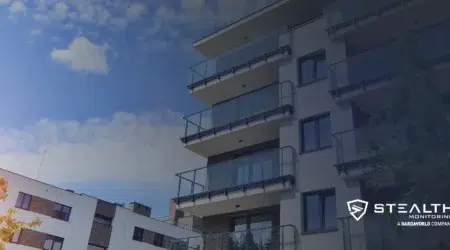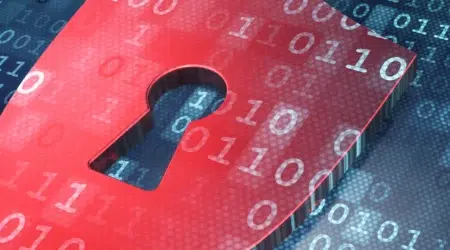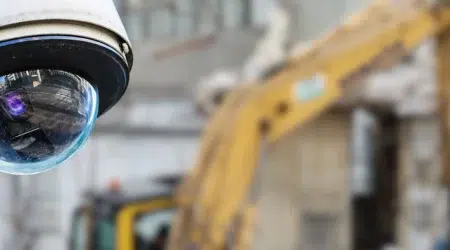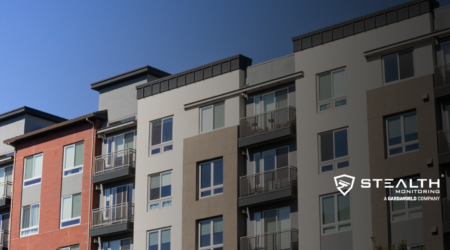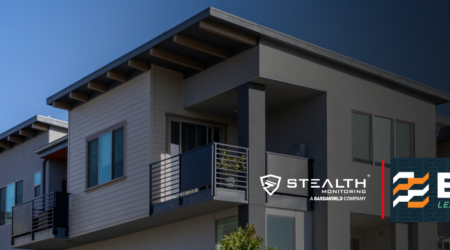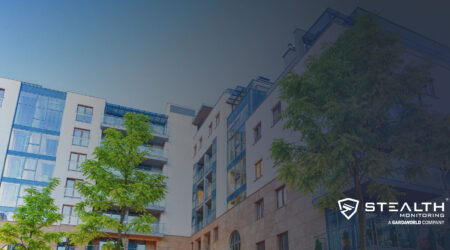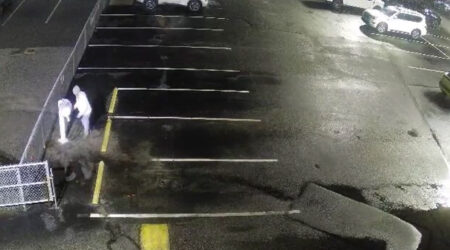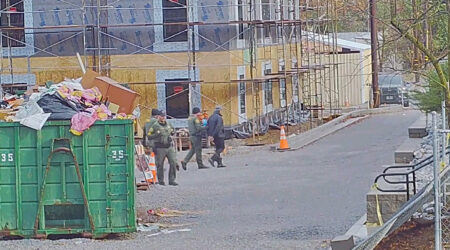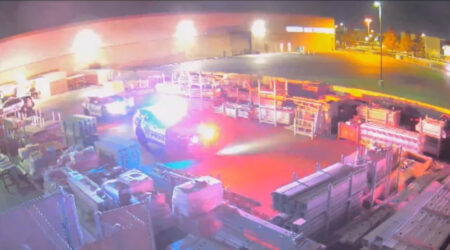We are thrilled that our Multifamily Residential Security Specialist team will once again be attending and sharing our cutting-edge live video monitoring and surveillance solutions…
Continue ReadingThe security of your property or business is so important. Our blog posts are the place to go to learn about cutting-edge technology, practical solutions, and key insights into your industry's challenges and opportunities. Browse our growing collection to level up your knowledge and get ahead.
Stealth Looks Forward to Strengthening Multifamily Residential Security in Greater Dallas at the AAGD Trade Show 2025
Why should you visit with us at the AAGD Trade Show 2025? The bustling growth of Greater Dallas brings both opportunity and challenge to its apartment communities. As towering…
Continue ReadingStealth Monitoring Celebrates Women in Construction Week 2025
Join us as we celebrate Women in Construction Week! Women are transforming the construction industry, bringing fresh perspectives and innovative approaches to a field long shaped…
Continue ReadingTop Strategies for Effective Security Awareness Training
Security awareness training helps employees effectively deal with security threats. However, only 20% of companies have spent the time and money to educate their employees about…
Continue ReadingHow to Optimize Remote Construction Monitoring for Better Site Security
Remote construction monitoring allows you to monitor sites from anywhere with real-time updates through cameras, sensors, and AI. This technology can enhance security and…
Continue ReadingMultifamily Security Specialists Headed to Woodlawn, MD for the 2025 MMHA Industry Development Day & Expo!
Why is meeting us at MMHA Development Day & Expo so important? Property management costs have reached unprecedented levels- especially in areas like Maryland, where multifamily…
Continue ReadingStealth’s Multifamily Security Team Prepares for EdCon at Seattle Convention Center
Over the past several years, there has been a troubling development in the Pacific Northwest. Both Oregon and Washington have been ranked among the top ten most dangerous states in…
Continue ReadingStealth’s Multifamily Security Specialist Team Excited for PAA’s APARTogether 2025
Crime rate data for 2024 indicates that there has been a decrease in crimes across a variety of categories in 49 mid-sized and large cities. However, while the general trend points…
Continue ReadingTheft, Interrupted with Live Video Monitoring at Texas Apartment Community
According to a January 2025 CBS News Texas report, auto thefts were up in the spring and summer of 2024. The FWPD data showed a 4.1% increase in vehicle theft from May to October…
Continue ReadingLive Video Monitoring Catches Suspect Tampering with EV Charging Station
It’s no secret that the auto dealers have been battered by spikes in vehicle theft and burglaries in the past several years. According to a report released by the FBI’s Uniform…
Continue ReadingPolice Respond After Remote Monitoring Catches Woman Trespassing on Construction Site
As we enter the second month of 2025, data coming in from the year prior confirms what many of us in security have long heard from our clients- trespassing, theft, and other…
Continue ReadingCaught! Blatant Building Supply Theft Attempt
As 2025 begins to enter full-swing, crime statistics from the previous year help set the tone for businesses looking to improve security outcomes. Retail and commercial businesses…
Continue Reading
